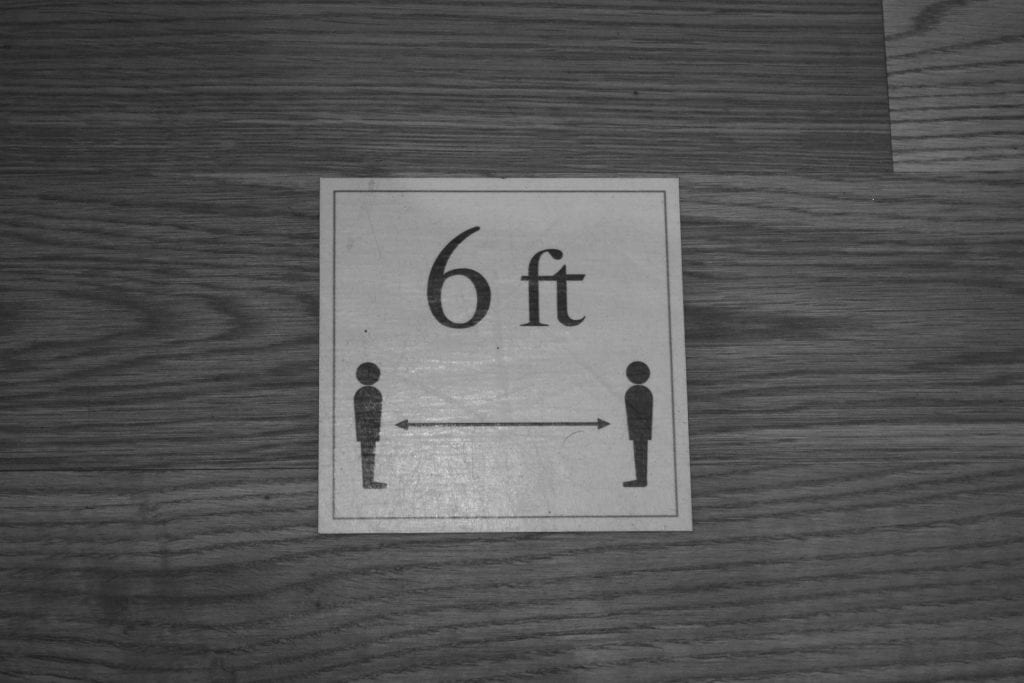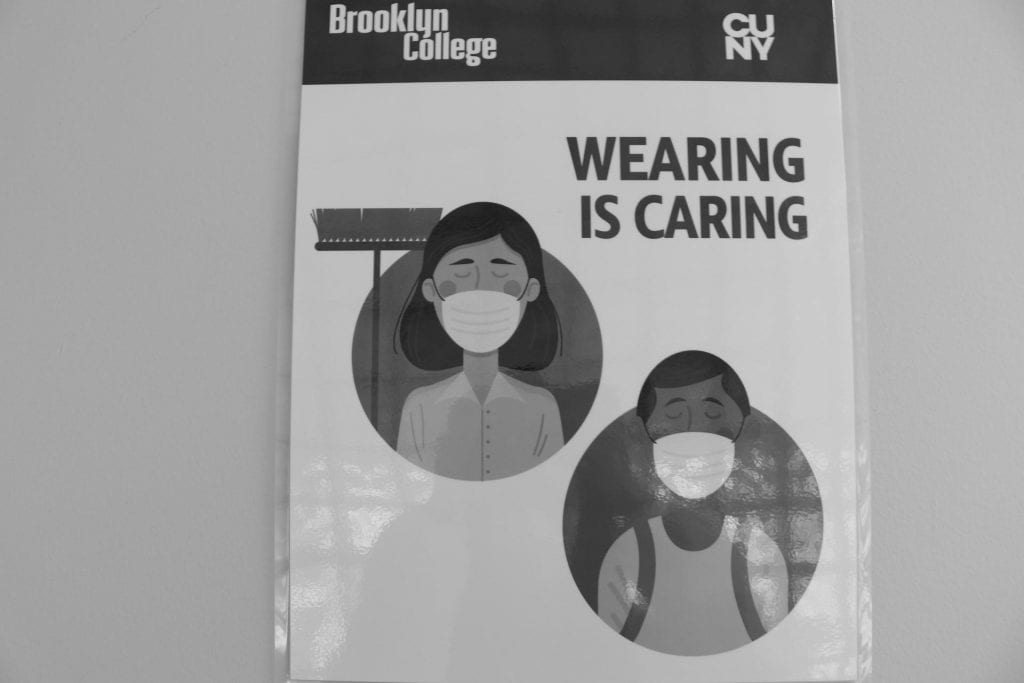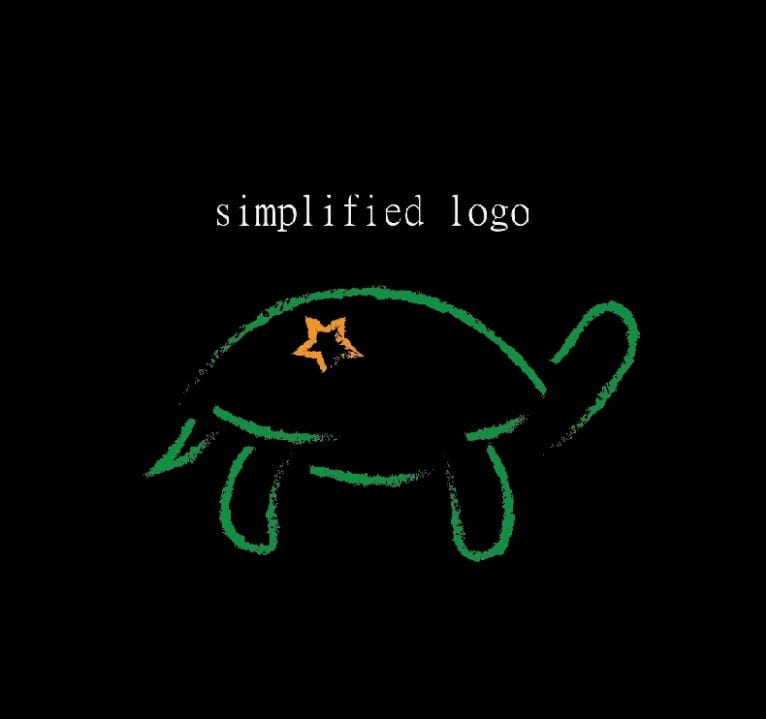This semester has been a wild ride. From learning about propaganda to creating our own virtual museum, I’ve definitely learned a lot about the power of visuals and how different types can communicate different things. By representing ideas graphically, through typeface, through photography, etc., I am now aware of how to use them more efficiently and better convey meaning. Visuals aren’t just pretty images, they’re part of how we learn about and navigate our world. From now on, I hope that I won’t just passively take in all the visuals in our world but instead see the work that goes into them and the message they’re conveying.
These weekly blogs have also been a great help in my reflection on the material we’ve learned. I think my favorite topic was the first one about language as a visual way of communicating because it helped me realize that communication isn’t only about what you hear, it’s also about what you see. The topic that I could relate to the most was the one about photography and comics because I really enjoy both of them! I personally am more of a creative person so all that we learned this semester really allowed me to let loose my creativity by using blogs as an outlet.
Speaking of creativity, the two mediums that I’ve been often using in my past posts are my own work from my graphic design and photography classes. Perhaps that’s why I feel such a connection with visual communication—a lot of things that I enjoy are very visual! As a communication major and creative writing minor, the joy I get from stories and deeper meanings is like no other. So I’m curious, considering all that I’ve described about myself, what kind of person do you think am I? As consistent with my past blogs, I’ll end this one by including a visual representation of myself that I created, while also circling back to the very first assignment we had where we introduced ourselves!

What kind of emotions does this make you feel (if any)? What do the visuals in this tell you about how I see myself? This visual representation of myself is also what I hope to be when this semester is finally over—calm!









